[Caveat emptor: today’s post is meta munge, 100% esoteric, and likely to be disappointing if you’re keenly following the icehouse rehab but steer clear of my lyric follies and belly button gazing. Sure, I always have more to say, but these jottings are about Rosslyn who “had more to say than even a guy like me imagined.” (Citation below.) So, if a rumination on a talking home puts you off, fair warning.]
I’ve written more often than some probably are interested in hearing about the singing underneath, an idea that has fascinated me for decades. The seed was planted by poet Jeffrey Harrison when I was 21 or 22. The notion of learning to be receptive to the song and story just beneath the surface, the melody, the narrative, the voices so often overlooked, moves much of my thinking and my writing. It’s imbued this yearlong meditation on Rosslyn, on my relationship with Rosslyn. I’ve come to understand that at some level, the last 17 years have been an extended conversation — a running discourse, a give-and-take, a companionship — with Rosslyn.
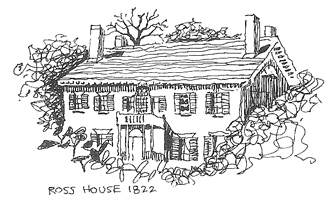
I was struck this morning by a couple of lines in the acknowledgments section of Michael Phillips’ The Holistic Orchard, a sort of Bible for me when it comes to orcharding and even gardening.
Never did I imagine, when I agreed to write this book, that it would take several years to bring it to fruition! All I was called on to do was to speak some ecosystem truth, right? Well now. It turned out the trees had more to say than even a guy like me imagined. And then there were so many knowledgeable grower friends, offering opinions reflecting a grower diversity equal to that of the plant kingdom, turning regional reality on its head time and time again. Every time I felt near to the essence of the thing, a new horizon was revealed. And yet here I was, charged with keeping healthy orcharding simple and understandable. Well now indeed…
(Source: Michael Phillips, The Holistic Orchard)
I really should be more disciplined with that citation, but where to trim? So much of what Philips conveys in those first words of his go-to book for organic orchardists resonates with me. An elusive manuscript’s elastic timeline. A mercurial objective, shape shifting as its pursuit yields more questions than answers, more beguiling byways and backroads than final destination. The rhizomic web of wonderers and knowledgeable characters who’ve helped illuminate the way. The mirage-like “essence of the thing” compelling me forward, then dipping beneath yet another horizon. The hope of composing an inviting and accessible, tidy, compact, and precise account of an adventure, a relationship sprawling across the better part of two decades…
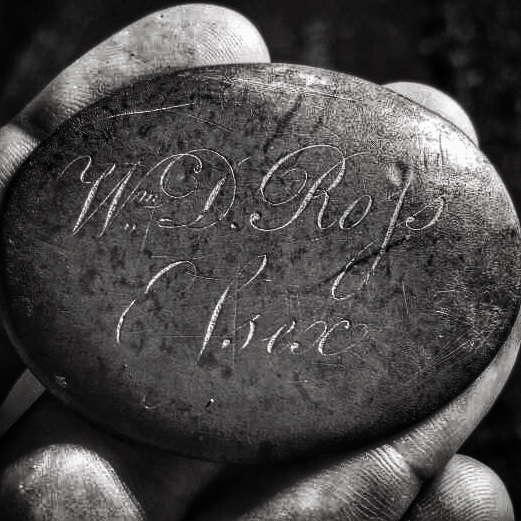
All of that is familiar. But I leapfrogged the one sentence most redolent of Rosslyn: “It turned out the trees had more to say than even a guy like me imagined.” As it has turned out, Rosslyn has far more to say than I imagined at the outset.
As a quick aside, I remember early on, shortly after purchasing our home, taking friends for a tour with their young son. Their visit made an impression on me for several reasons, and it has surfaced in previous posts for that reason. During the house tour, Dak (maybe seven or eight years old at the time), raced around exploring then boomeranging back to report on his findings and to ask questions. One of the intrigues that the young boy conveyed to us pertained to the possibility of ghosts, phantoms of Rosslyn’s forbears. Certainly, he half-asked-half-willed, there must be ghosts in this old house, right? There must be! His optimism was palpable.
The question of ghosts inhabiting Rosslyn arose periodically during the lengthy renovation. Contractors mostly, and their questions leaned closer to wary than enthusiastic. I don’t recall any ghostly reports, but I do recollect some surprise that hauntings were not happening.
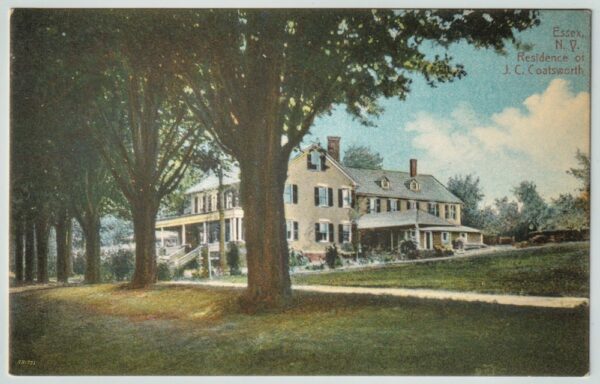
I bring these two points of reference up because it occurs to me that the sort of enduring dialogue I have experienced with Rosslyn might seem to fit better under the umbrella of phantasmagoria. Dreamlike. Horror. But that’s not the suggestion I’m making.
The comfort with which Phillips explains that the trees have much to say is so appealing precisely because he assumes that we understand his point. We don’t imagine gnarled apple trees with bulbous noses and crooked teeth, laughing and storytelling about the old days. If we can allow ourselves to be receptive, there’s much we can learn from the trees. As often before, I’ll defer to Jeffrey Harrison to offer some guidance.
“just beneath the world we see,
there is a silent singing that breaks out
at moments, in flickering points of light.”
— Jeffrey Harrison, “The Singing Underneath”
When we quiet our minds and listen, deeply, receptively, and full of wonder, we’re sometimes able to hear and learn from our surroundings. No, not ghosts. Perhaps it is the essence of the things speaking to us. Perhaps it is something else.
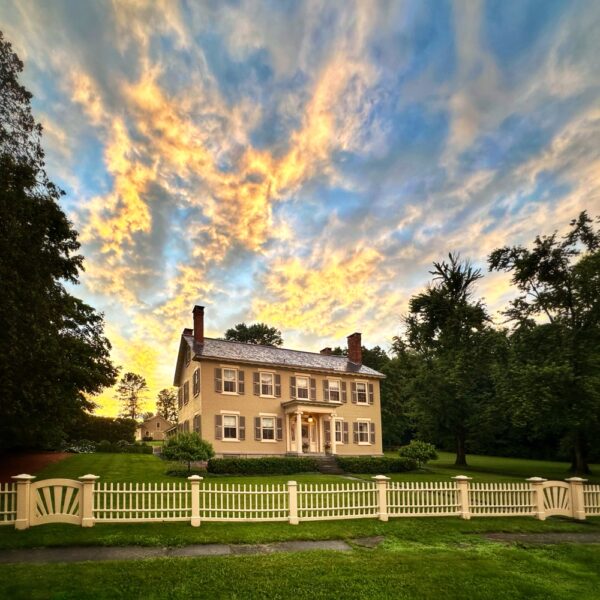
Across these seventeen years that we’ve made our home at Rosslyn, the conversation and companionship have been omnipresent. The property had more to say than even my overzealous imagination could have conjured.
And today, alone (for the first time in almost six weeks) with Carley and Rosslyn, I’m listening. I’m wondering. I’m hearing. And it turns out she has plenty more of say. So much more. I’ll endeavor dilate the dialogue, to include you in our conversations. Soon…
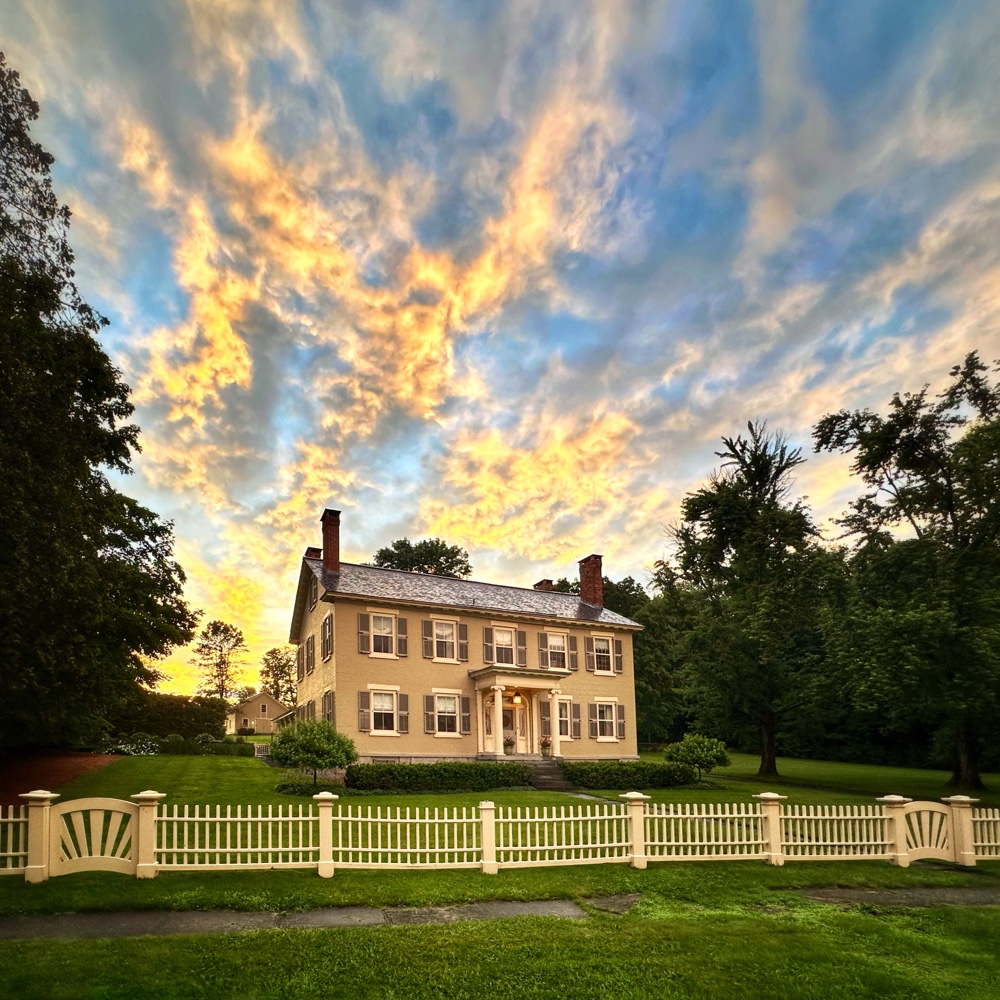
Leave a Reply